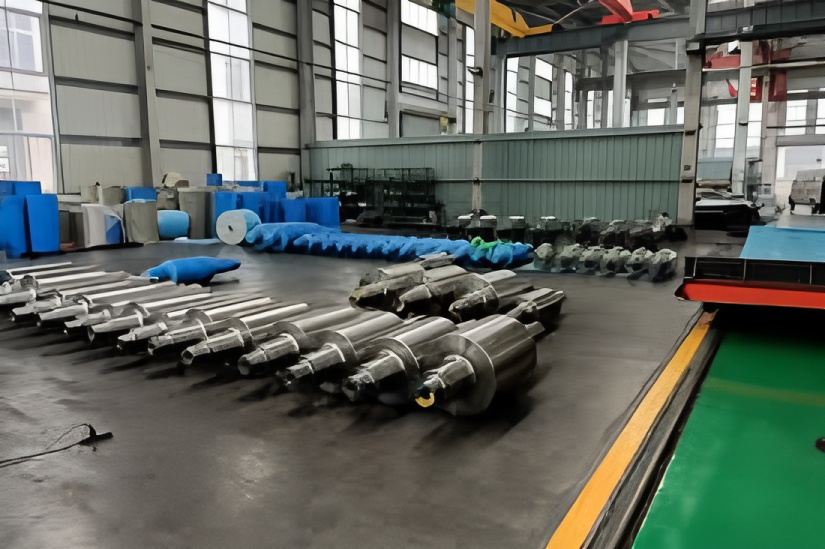The Evolution of Foreign Cast High-Speed Steel Rolls: A Comprehensive Overview
🌟 Introduction
Cast high-speed steel (HSS) rolls represent a significant advancement in rolling mill technology, offering exceptional wear resistance, thermal stability, and durability. Their development has revolutionized modern steel production, enabling higher efficiency and reduced operational costs. This article explores the history, manufacturing methods, and global adoption of cast HSS rolls, highlighting key milestones and technological innovations.
📜 Historical Development
Pioneering Efforts: Cast high-speed steel rolls were first successfully developed and implemented in Japan in 1988 for hot strip rolling mills 36. This breakthrough marked a new era in roll technology, as HSS rolls demonstrated superior performance compared to traditional materials.
Global Adoption: The United States began introducing HSS rolls in the early 1990s, followed by Europe, which started relatively later 68. The widespread adoption of HSS rolls was driven by their ability to maintain hardness during high-speed cutting and withstand extreme hot rolling conditions.
⚙️ Manufacturing Methods
HSS rolls are primarily produced using three advanced methods:
Vertical Centrifugal Casting: Widely used in Europe and North America, this method involves spinning a mold at high speeds to distribute molten metal evenly, ensuring a dense, homogeneous structure 68.
CPC (Continuous Pouring Process for Cladding): Developed by Japan’s Nippon Steel, this method accounts for 60%–70% of HSS roll production in Japan. It involves continuously pouring molten HSS onto a core material, resulting in a fine, uniform microstructure with minimal defects 610.
ESR (Electroslag Remelting): This method, utilized in Ukraine and Belgium, combines electroslag purification with centrifugal casting to produce rolls with enhanced purity and performance 67.
🔬 Material Properties and Advantages
High Red Hardness and Wear Resistance: HSS rolls contain over 15% carbon and carbide-forming alloys (e.g., tungsten, molybdenum, chromium), which contribute to their exceptional hardness and resistance to thermal softening 35.
Improved Productivity: HSS rolls outperform traditional materials like high-chromium iron, offering up to 3 times longer service life and reducing roll change frequency 5.
Surface Quality: Their ability to form stable oxide layers minimizes surface defects on rolled products, ensuring superior finish 5.
🌍 Global Production and Trends
Japan: Leads in CPC technology, with major manufacturers like Nippon Steel supplying HSS rolls for hot and cold rolling applications 610.
North America and Europe: Prefer centrifugal casting for its cost-effectiveness and ability to produce large-scale rolls 68.
Emerging Techniques: Methods like spray deposition (Osprey) and hot isostatic pressing (HIP) are under development to further enhance roll performance 5.
🚀 Challenges and Future Directions
Cost and Complexity: CPC and ESR methods require significant investment and expertise, limiting their widespread adoption 510.
Material Optimization: Ongoing research focuses on reducing alloy element segregation and improving toughness through advanced heat treatments 5.
Sustainability: Efforts are underway to develop more energy-efficient manufacturing processes and extend roll life through innovative coatings 5.
💎 Conclusion
The development of cast high-speed steel rolls has transformed steel rolling operations worldwide, offering unmatched durability and efficiency. While Japan remains a leader in advanced manufacturing techniques like CPC, global collaboration and technological innovations continue to drive progress. As the industry evolves, HSS rolls will play an increasingly critical role in meeting the demands of high-speed, high-precision rolling.
This version retains the original intent while incorporating key details from the search results, such as historical context, manufacturing methods, and global trends. Let me know if you need further adjustments!


